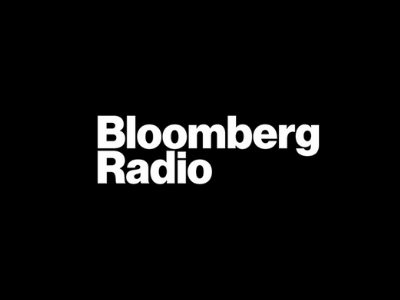'Our reality, our values': Graffiti finds growing acceptance in West Africa
News > Arts & Entertainment News

Audio By Carbonatix
11:13 PM on Thursday, October 23
By ANNIE RISEMBERG
CONAKRY, Guinea (AP) — It was the middle of the day when Omar Diaw, known by his artist name “Chimere” — French for chimera — approached a blank wall off the main thoroughfare in Guinea 's capital and started spray-painting.
“They know who I am,” he said confidently. Though it wasn’t clear who ”they” were, civilians and police didn’t bat an eye as Diaw's fellow artists unloaded dozens of paint cans onto the roadside in Conakry.
Graffiti has thrived for years in Diaw’s native Senegal, where the modern urban street art first took off in West Africa. But when he moved to Guinea in 2018 to explore a new place, he said such art was nearly nonexistent.
“It was thought that graffiti was vandalism,” he said.
To win over the public, Diaw took a gentle approach, using graffiti for public awareness campaigns. One of his first was to raise awareness about COVID-19 preventive measures.
“We had to seduce the population,” he said.
The port city of Conakry faces rapid urbanization. Diaw’s graffiti has become an undeniable part of its crowded, concrete-heavy landscape.
His larger-than-life images of famous Guinean musicians and African independence leaders now dwarf the overloaded trucks that drive by. Drying laundry hung over the portrait of the West African resistance fighter Samory Toure.
The tag of Diaw’s graffiti collective, Guinea Ghetto Graff, is on murals all over the city.
Graffiti as it’s known today began in the 1960s and ’70s in the United States. It arrived in West Africa via Dakar, Senegal, in 1988, when the region’s first graffiti artist, Amadou Lamine Ngom, started painting on the city’s walls.
Known by his artist name, “Docta,” Ngom and a group of fellow artists was commissioned the following year to paint murals for an awareness campaign aimed at cleaning up Dakar’s streets.
Ngom, 51, said that at the beginning, aside from such campaigns, he did graffiti mostly at night. He later changed his approach.
“I decided to do it in broad daylight,” he said. “So as not to copy what’s happening in the United States, Europe or elsewhere. To create graffiti that resembles the African reality, taking into account our reality, our values.”
Ngom, who later mentored the teenage Diaw, said communities grew to respect the public artwork since it reflected their lives and experiences.
With the public’s backing, “the authorities didn’t have a choice," Ngom said.
These days, graffiti has grown more assertive in Senegal, becoming part of the political messaging around anti-government protests. In Guinea, Diaw’s graffiti has addressed issues like migration.
Diaw said Conakry’s governor supports much of his work and has given him carte blanche to do it wherever he wants.
As his latest work beside the thoroughfare took shape, passersby began to stop and admire the portrait of Guinea’s military leader, Gen. Mamadi Doumbouya, who took power in a 2021 coup.
A 22-year-old driver, Ousmane Sylla, said he was already familiar with Diaw’s gigantic paintings near Conakry's airport.
“It reminds us of old Guinean musicians. It reminds us of history,” he said. “Graffiti is good for Africa, it’s good for this country, it’s good for everyone. I like it, and it changed the face of our city.”
The next step might be bringing in a wider range of artists.
“I would really like to see more women become a part of this, because they say that (graffiti) is for men,” said Mama Aissata Camara, a rare one on Guinea’s graffiti scene.









